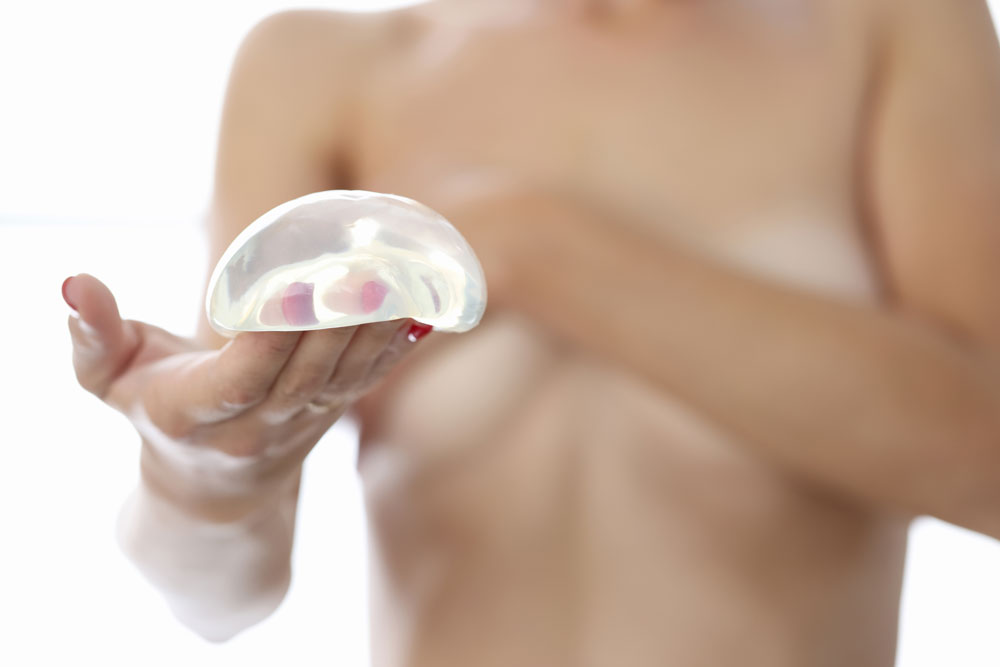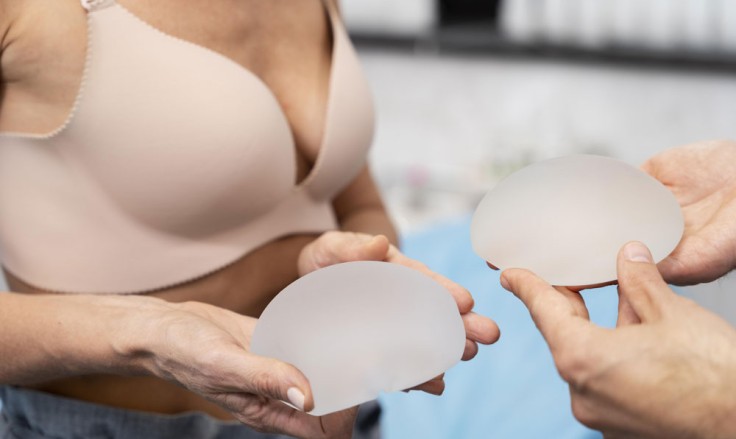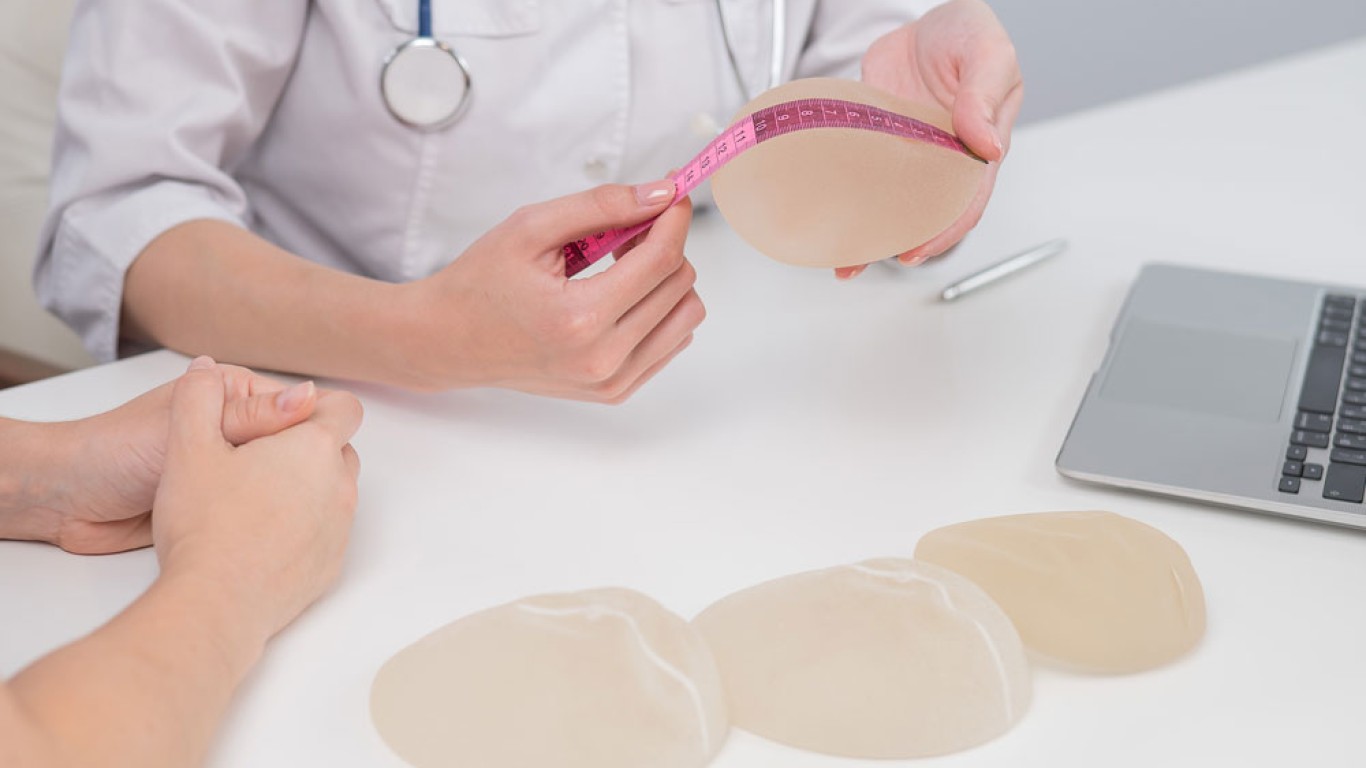Breast asymmetry is far more common than most people realise. In fact, many women have naturally uneven breasts. While most asymmetry is minor and harmless. Some people feel self-conscious when the difference becomes noticeable. One popular and effective way to restore balance is with a breast implant. Are you wondering whether this approach is right for you? This guide explains how implants help, who they suit, and what to expect from the process.
Understanding Breast Asymmetry
Breast asymmetry means one breast differs in size, shape or position from the other. It may affect the nipple position, breast height or volume. This can be caused by a number of natural or developmental factors. Hormonal changes during puberty can cause one to develop faster or larger than the other. Pregnancy, breastfeeding or weight fluctuations may also lead to uneven changes in tissue or volume. In more significant cases, asymmetry may be linked to conditions. These include Poland syndrome or tuberous breasts. Still, most asymmetry is harmless and quite common. That said, when the difference affects confidence or clothing fit, many women look for options to restore symmetry.
How a Breast Implant Can Help
A breast implant is often used to correct asymmetry. This is by adjusting the volume and shape of one or both breasts. It offers a customisable and long-lasting way to create balanced, natural-looking results. If one breast is smaller, an implant can increase its size to match the larger breast. Alternatively, both breasts may receive implants of different sizes. This will achieve symmetry while also increasing overall volume. Implants also offer structural support and shape. Which is helpful if one breast is droopier or lacks definition. By choosing the right implant type, profile and placement, surgeons can refine breast balance with precision.
Types of Breast Implants for Asymmetry
There are two main types of breast implant: saline and silicone. Both can be used for asymmetry correction, depending on patient needs and surgeon advice.
- Saline implants: Filled with sterile saltwater after insertion. Volume can be adjusted slightly during surgery.
- Silicone implants: Pre-filled with a silicone gel. Known for a more natural look and feel.
Implants also come in different shapes and projections. Round implants suit those looking for fuller upper breast volume. Teardrop-shaped implants offer a more natural slope. Your surgeon will help choose the right implant. They will base it on your breast tissue, skin elasticity, chest shape and desired outcome.
What to Expect During the Procedure
Before surgery, you’ll attend a detailed consultation. Your surgeon will measure your breasts, discuss goals, and suggest the most suitable implant option. Surgery usually takes 1–2 hours. The implant is inserted under the breast tissue or chest muscle. In asymmetry cases, implants of different sizes or shapes may be used. This will achieve better alignment. In some cases, a breast lift may also be performed on one side. This may be if the difference includes drooping or stretched skin. Most patients return home the same day, with recovery guidance provided to ensure smooth healing.

Recovery After Breast Implant Surgery
Recovery usually takes around one to two weeks for light activity. Then several weeks for full healing. Swelling and bruising are normal but should ease after the first few days. You’ll need to wear a support bra and avoid heavy lifting or vigorous exercise during early recovery. Regular follow-ups help ensure both breasts are healing evenly. Results begin to show after swelling settles. With final results visible in three to six months. Many patients report feeling much more balanced and confident soon after healing.
Benefits of Using Breast Implants to Fix Asymmetry
Using a breast implant to fix asymmetry offers several key benefits:
- Customised sizing: Implants can be sized to correct small or significant volume differences.
- Long-lasting outcome: Results typically last many years, offering durable correction.
- Balanced shape: Implants improve not just size but also contour and projection.
- Improved confidence: Many women feel more comfortable in clothing and swimwear post-surgery.
- Combination options: Can be paired with breast lift or fat transfer for enhanced results.
Overall, implants give plastic surgeons a reliable way to create a symmetrical, aesthetically pleasing outcome.
Who Is a Good Candidate for Breast Asymmetry Correction?
Ideal candidates for asymmetry correction with implants include:
- Women with noticeable volume differences between breasts.
- Those unhappy with breast shape or proportion.
- Individuals with good overall health and stable weight.
- Non-smokers or those willing to stop smoking before surgery.
- Patients with realistic expectations and a positive mindset.
Your surgeon will assess whether your breast tissue and skin support the chosen implant. What if you have drooping or significant skin laxity? A breast lift may also be recommended.
Is Fat Transfer a Better Option?
For those who prefer a non-implant solution, fat transfer may be considered. This involves taking fat from areas like the abdomen or thighs. Then purifying it, and injecting it into the smaller breast. Fat transfer is best for minor asymmetry or subtle volume correction. It’s less invasive but may require more than one session for ideal symmetry. Unlike a breast implant, fat can be reabsorbed by the body over time. This means results may vary and are harder to control precisely. Your choice depends on the degree of correction needed. Also on your preference between natural tissue or implants.
Longevity and Maintenance
Most implants last 10–15 years or longer. However, they may need replacement or revision over time. Regular check-ups, self-exams and imaging help monitor implant condition. If asymmetry returns due to ageing, pregnancy or weight changes? A secondary procedure can adjust or replace the implant. Proper support also helps preserve results. Such as well-fitted bras and maintaining a steady weight. Discuss long-term care with your surgeon. Ensure you understand how to protect and maintain your symmetry.
Conclusion
Breast asymmetry is very common, but it doesn’t have to impact your confidence. A breast implant offers a powerful way to restore symmetry. It improves shape and achieves a more balanced appearance. With the right approach, implants can correct size, shape and positioning differences between the breasts. Whether used alone or with other techniques, they offer lasting improvement for those seeking harmony. By consulting an experienced surgeon and exploring your options carefully. You can make an informed choice that supports both your appearance and self-esteem.
For more information on breast implants and to book a consultation visit the ACIBADEM Beauty Center Breast Augmentation webpage.
Frequently Asked Questions
Yes. Fat transfer and lifts can correct minor asymmetry, but implants offer more precise volume control.
No. With proper placement, different implant sizes feel balanced and look symmetrical.
Yes. If sagging is present, combining implants with a breast lift gives better, longer-lasting results.
Your surgeon will assess your body and recommend an implant based on size, shape and projection.
Implants are long-lasting, but factors like ageing or weight changes can affect appearance over time.














